STRONG START BC
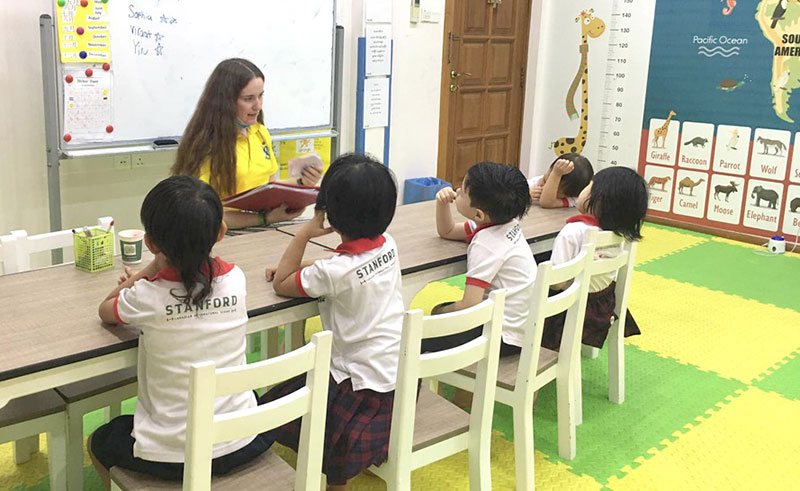
Nursery and PreKindergarten Curriculum
The StrongStart BC program is a play-based program. Most of children’s early learning takes place through play. The positive emotions associated with play are as important as the skills they build in creating a disposition that embraces learning. The program stresses the importance of establishing routines and schedule. These times include:
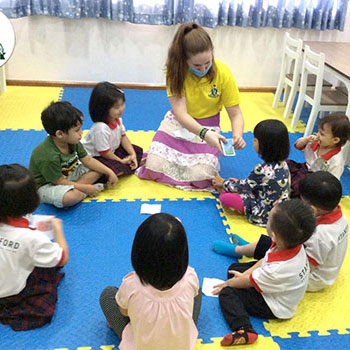
Circle Time
Circle time is typically a gathering time to share poems, songs, stories and action games. This activity builds literacy skills through use of big books, puppet play, story reading, and storytelling. Music and numeracy activities can also be incorporated into circle time.
Shared book Time
Children are encouraged to choose a book to read or look at with the adult. The action of choosing a book, discussing the pictures in the book, talking about favourite parts of the book, guessing what comes next in the story, and spending time close together are all important aspects of pre-reading skills and build understanding of the purpose and enjoyment of reading.
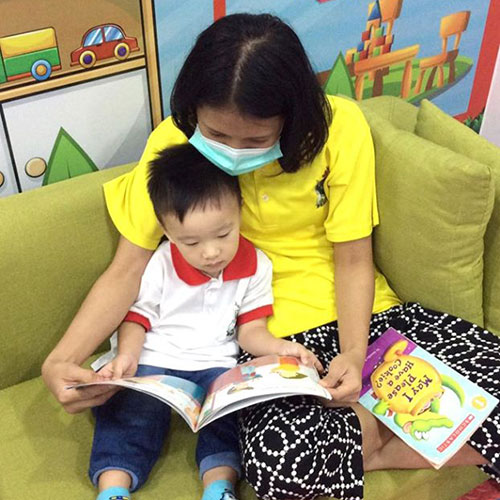
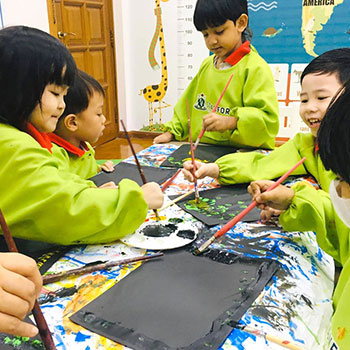
Creative Art/Project Time
Art activities encourage children to express emotions, plan and follow through on plans, make representations of their thoughts and ideas, and problem-solve. When children are creating, they are learning about symbolic representation, an important element of emergent literacy and numeracy. The early symbolic representation in art can help to lay a firm foundation for future academic learning
Snack Time
Offering healthy and nutritious snacks are a requirement of the StrongStart BC program. Routines like hand washing, serving, using manners, and interacting with the group can all be learned and practiced during snack time. Snack time is a language-rich activity. Informal conversation occurs between children, and between adults and children.
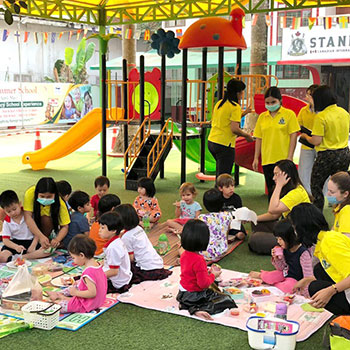

Library
Use of the school library encourages adults and children to become regular public library. Users, and develop an interest in reading for pleasure. Library time encourages children to be more active in the books chosen and read during Story Telling time.
Computer Room
The major focus of the program is interaction among the children, the adults, and the learning environment. Interactive and educational games and resources are specifically loaded onto computers to monitor usage, and ensure the time is used appropriately.
The school’s computer room can help to expose adults and children to new technology that they might not otherwise have access to. The facilitator and computer teacher can help guide adults and children to access appropriate electronic early learning tools found online.
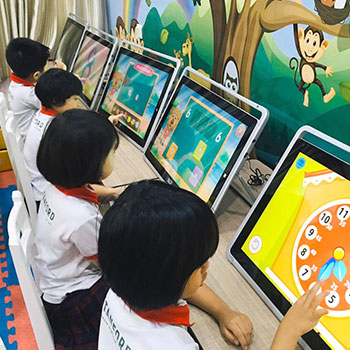
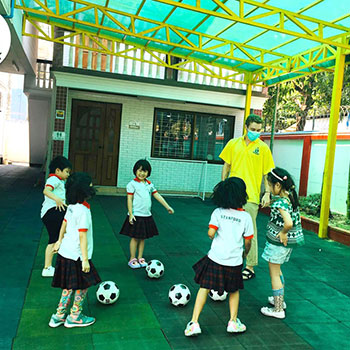
Gym or Outdoor Playground
Gym time for large-muscle activities is highly valued. Many children and adults do not have regular opportunities to move within such a large, indoor space. Gym equipment that is appropriate for children age 0-5 years includes balls, hoola hoops, parachutes, and cones for navigating around. Connecting with nature is one of the learning goals in the Framework. Outdoor activities such use of playground, scavenger hunts, and natural object collection help to support this goal.
Goodbye Time
Goodbye time is an important social ritual and routine at the end of the StrongStart BC session. This transition time can be challenging for some adults and children. Activities can assist routine ways to signal the end of the session to make it easier for families to leave the program. Activities could include gathering art projects, dressing in outdoor clothes, or a
good-bye song. Children need to understand that they can return to the program on another day and their favourite activities will still be in the program.
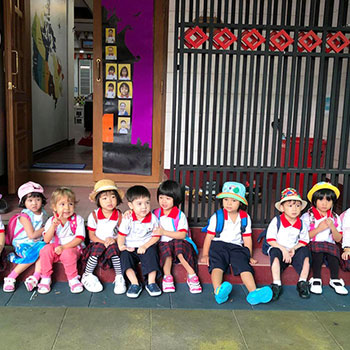
Activities for these times are designed and based around the Learning Goals and taught in relevant Learning centres. Learning centres are designated areas of the room where materials and activities are arranged to guide children’s learning.
The overall goal for the program aims to have prepared the children enough by the time most children reach kindergarten and begin to experience more formal instruction, and that they have built a foundation for lifelong learning and have developed their own unique character as learners. No two children take this journey in the same way, or at the same rate, and every culture has its own particular way of promoting early learning.
STRONG START BC

Nursery and PreKindergarten Curriculum
The StrongStart BC program is a play-based program. Most of children’s early learning takes place through play. The positive emotions associated with play are as important as the skills they build in creating a disposition that embraces learning. The program stresses the importance of establishing routines and schedule. These times include:

Circle Time
Circle time is typically a gathering time to share poems, songs, stories and action games. This activity builds literacy skills through use of big books, puppet play, story reading, and storytelling. Music and numeracy activities can also be incorporated into circle time.

Shared book Time
Children are encouraged to choose a book to read or look at with the adult. The action of choosing a book, discussing the pictures in the book, talking about favourite parts of the book, guessing what comes next in the story, and spending time close together are all important aspects of pre-reading skills and build understanding of the purpose and enjoyment of reading.

Creative Art/Project Time
Art activities encourage children to express emotions, plan and follow through on plans, make representations of their thoughts and ideas, and problem-solve. When children are creating, they are learning about symbolic representation, an important element of emergent literacy and numeracy. The early symbolic representation in art can help to lay a firm foundation for future academic learning

Snack Time
Offering healthy and nutritious snacks are a requirement of the StrongStart BC program. Routines like hand washing, serving, using manners, and interacting with the group can all be learned and practiced during snack time. Snack time is a language-rich activity. Informal conversation occurs between children, and between adults and children.

Library
Use of the school library encourages adults and children to become regular public library. Users, and develop an interest in reading for pleasure. Library time encourages children to be more active in the books chosen and read during Story Telling time.

Computer Room
The major focus of the program is interaction among the children, the adults, and the learning environment. Interactive and educational games and resources are specifically loaded onto computers to monitor usage, and ensure the time is used appropriately.
The school’s computer room can help to expose adults and children to new technology that they might not otherwise have access to. The facilitator and computer teacher can help guide adults and children to access appropriate electronic early learning tools found online.

Gym or Outdoor Playground
Gym time for large-muscle activities is highly valued. Many children and adults do not have regular opportunities to move within such a large, indoor space. Gym equipment that is appropriate for children age 0-5 years includes balls, hoola hoops, parachutes, and cones for navigating around. Connecting with nature is one of the learning goals in the Framework. Outdoor activities such use of playground, scavenger hunts, and natural object collection help to support this goal.

Goodbye Time
Goodbye time is an important social ritual and routine at the end of the StrongStart BC session. This transition time can be challenging for some adults and children. Activities can assist routine ways to signal the end of the session to make it easier for families to leave the program. Activities could include gathering art projects, dressing in outdoor clothes, or a
good-bye song. Children need to understand that they can return to the program on another day and their favourite activities will still be in the program.
Activities for these times are designed and based around the Learning Goals and taught in relevant Learning centres. Learning centres are designated areas of the room where materials and activities are arranged to guide children’s learning.
The overall goal for the program aims to have prepared the children enough by the time most children reach kindergarten and begin to experience more formal instruction, and that they have built a foundation for lifelong learning and have developed their own unique character as learners. No two children take this journey in the same way, or at the same rate, and every culture has its own particular way of promoting early learning.
